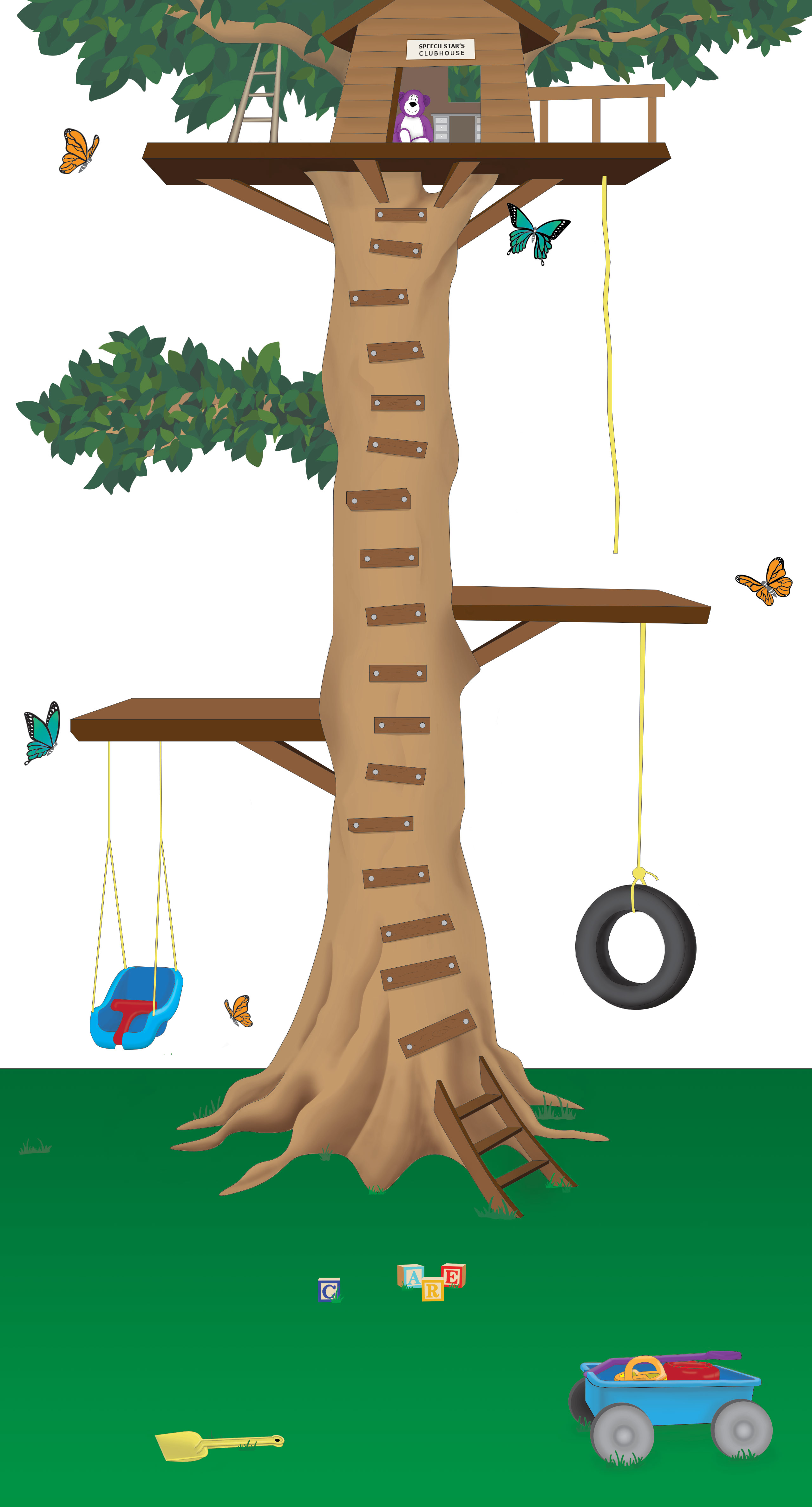(310)344-2276

We are open and offering Tele-Health sessions you can attend from the safety of your home.
MILESTONE CHART
MAKE SURE YOUR CHILD KEEPS CLIMBING
4-5 Years Old:
- Understands sequential language such as first, next, and last
- Understands time concepts yesterday, today, and tomorrow
- Follows three – four step directions such as, put on your pajamas, brush your teeth, and then pick out a book
- Follows classroom directions such as draw a circle on your paper around something you eat
- Produces complex sentence structures that contain more than one verb
- Tells a short story
- Sustains a conversation with adults
- Talks in different ways depending on the listener and place. May use short sentences with younger children or talk louder outside than inside
3-4 Years Old:
- Understands family members names
- Talks about activities at school or play dates
- Produces about 4 sentences at a time while describing events of day
- Unfamiliar listeners usually understand your child's speech
- Answers simple who, what and where questions
- Asks when and how questions
- Says rhyming words, like hat-cat
- Uses pronouns, such as I, you, me, we, and they
- Uses plural –s (e.g. hats, books)
- Produces sentences that are 4+ words
- Usually talks easily without repeating syllables or words
2-3 Years Old:
- Understands differences in meaning (go-stop, in-on, big-little, up-down)
- Follows two requests such as get the book and put it on the table
- Listens to and enjoys hearing stories for longer periods of time
- Has a word for almost everything
- Uses two- or three- words to talk about and ask for things
- Speech is understood by familiar listeners most of the time
- Often asks for or directs attention to objects by naming them
- Asks why?
- May stutter on words or sounds
- Has an expressive vocabulary of approximately 200-300 words at 2 years of age
- Has an expressive vocabulary of approximately 1000 words at 3 years of age
1-2 Years Old:
- Points to a few body parts when asked
- Follows simple commands and understands simple questions Roll the ball, Kiss the baby, Where's your shoe?
- Listens to simple stories, songs, and rhymes
- Points to pictures in a book when named
- Says more words every month
- Asks one or two word questions Where kitty?, What's that?
- Puts two words together more cookie, no juice, go car
- Uses many different consonant sounds at the beginning of words
7 Months–1 Years Old:
- Enjoys games like peek-a-boo and pat-a-cake
- Responds to his or her name
- Recognizes words for common items like cup, shoe, book, or juice
- Begins to respond to requests, such as come here or want more?
- Babbles using both long and short groups of sounds such as "dada, mama, bababa"
- Uses speech or vocalizations to gain and keep attention
- Uses gestures to communicate (waving, holding arms up to be picked up)
- Imitates different speech sounds
- Produces one or two words (hi, dog, dada, mama) around first birthday, although sounds may not be clear
- Follows simple 1 step directions sit down
4- 6 Months Old:
- Turns head toward a sound
- Responds to changes in tone of your voice
- Attends to music and toys that make sounds
- Babbles while using different sounds, including b, p, m
- Vocalizes excitement and displeasure
- Makes gurgling sounds when left alone and when playing with you
Birth-3 Months
- Startles to loud sounds
- Seems to recognize your voice and quiets if crying
- Makes pleasure sounds (cooing, gooing)
- Has different cries for different reasons
- Watches your face when you speak
